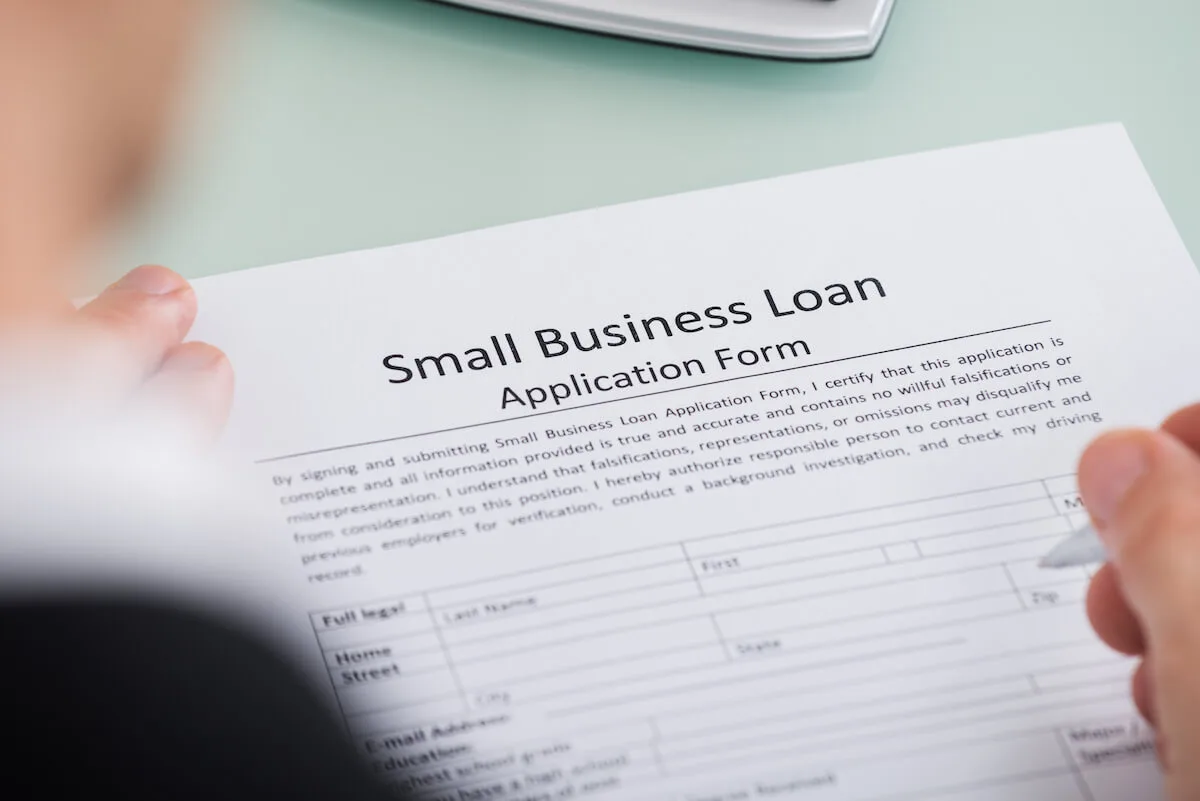
#image_title
Paycheck Protection Program knocked for millions going to large corporations in the first round.
After an almost two-week hiatus, the federal Paycheck Protection Program is again accepting applications Monday to distribute roughly $320 billion in loans to small businesses following the first round of funding disbursement that has resulted in four big banks facing a legal challenge for prioritizing what businesses would receive loans first.
Also, it was revealed Monday, another $2 billion from the original round of applications that had been rejected or returned would be added to this new allocation. Funding for the loan program is part of the $2 trillion federal CARES Act.
After applications opened for the first round of the paycheck protection program at the beginning of April, the $349 billion fund was empty within two weeks. Nearly 1.7 million loans had been approved, the equivalent of “more than 14 years’ worth of loans in less than 14 days” according to the U.S. Small Business Administration.
During the first round of loan disbursement, Wisconsin businesses were approved for 43,400 individual loans worth $8.3 billion.
The loans are forgivable but only if 75 percent of the money is used to cover payroll expenses with employee compensation levels remaining the same, according to the U.S. Treasury. The rest can go toward mortgage interest, rent and/or utility costs over the next two months.
Jenny Broecker, communications manager for the Wisconsin Small Business Development Center, said she still didn’t know what might be changed between the first and second round of applications.
“It’s a super messy time,” she said.
With the second round of funding, $60 billion was set aside to be solely distributed from community-based banks and smaller lenders. That added focus on actual small businesses aims to address a perceived inequity that the smallest businesses were not getting the help they needed.
Robert Scott, the Small Business Association’s regional administrator, confessed to reporters last week that some bigger businesses that had received money through the paycheck protection program “probably shouldn’t have gotten it.”
At least four banks — Bank of America, Wells Fargo, JPMorgan Chase and US Bank — are being sued for allegedly “reshuffling” who received those funds by illegally prioritizing what businesses would get loans quickly and which ones would have to wait.
One thing to know: If you applied for a paycheck protection loan when the application window was open the first time, you do not need to apply again. Your application should already be in the queue.
Before you think about applying for a federal loan however, Eau Claire Economic Development Manager Aaron White advises seeing what your current partners can do to help before turning to the government.
“Reach out to your local banker or local accountant, and start talking about what your finances look like,” White advised. “A lot of banks are making it easy to defer payments until business returns to normal.”
Besides that, banks and credit unions and other approved local lenders are the ones who file for the paycheck protection loans on behalf of businesses. As such, your bank or credit union might be able to give you direct advice on how to apply for a loan.
In Wisconsin, small businesses account for 99 percent of businesses and almost 50 percent of state workers, according to the SBA. The paycheck protection program loan is not their only option.
Cities, counties, and chambers of commerce are trying to help as well.
The city of Racine, for example, set up an emergency fund for small businesses.
And the city of Eau Claire has geared its already existing Revolving Loan Fund to help businesses struggling amid the pandemic.
The Wisconsin Women’s Business Initiative Corporation, which has five offices throughout the state, is also linking female entrepreneurs with aid. That includes the WWBIC COVID-19 Loan Program, where business owners can establish a line of credit or apply for a term loan.
Facebook is offering $100 million in grants and credit for advertising to small businesses. And crowdfunding services — like Kiva Loans, which specializes in microlending of up to $15,000 statewide — are also having a heyday.
Another option, the Economic Injury Disaster Loans from the U.S. Small Business Administration, are stalled at the moment. The EIDL program was “designed to replace lost revenue” after localized disasters like a tornado devastating a small town or a hurricane hitting a coastline, according to White. EIDL was never meant to provide help on a national scale, like it is trying to do now.
On Friday, $50 billion was allocated at the federal level for EIDL. For updates on when applications open up again, check SBA.gov.
Here’s how to apply for a Paycheck Protection Protection loan
Make sure you are eligible. Qualifying small businesses must have fewer than 500 employees and must not be involved in an active bankruptcy. Nonprofits and LLCs can apply too, although most public companies cannot receive PPP.
Find a lender near you. The Small Business Administration has a database searchable by ZIP code here.
Take note: The map on that website isn’t perfect, Kristi Smith of the Wisconsin Small Business Development Center said. Some branch locations of banks are not appearing, even when they are able to give loans. This is another reason it would be good to contact your local bank (or banks) first before starting the application process.
Here are the forms you need, most of which should be with your bank or can be acquired from your lender if they’re not in your files.
- Copies of 940/941 federal payroll tax forms from your 2019 tax filings
- Loan Calculation Worksheet, which can be acquired through your banker or done online. Here, you will deduct any employees who make more than $100,000 a year or who live outside of the U.S. Every business can apply for up to 2.5 times their average monthly payroll costs — so if you pay $20,000 per month in payroll, you can request up to $50,000.
- List of employees and their wages as of Feb. 15, 2020.
- Articles of Organization/Incorporation. If you can’t find your copy, you can order a new one for $10-$25 HERE.
- List all owners of the business, including their percentage equity in the business, their Social Security number and their address.
- Copies of business owner(s) drivers licenses. This only applies to the owners who have at least 20% of the equity in the business.
- Operating agreement or partnership agreement, if applicable.
- Paycheck Protection Program Application form, which can be found HERE or can be received from your participating banker.
- Beneficial Ownership Form, which can be provided from your participating banker. To fill this out you will need your taxpayer ID, which is the same as your employer ID number, EIN or FEIN.

New Biden rules deliver automatic cash refunds for canceled flights, ban surprise fees
In the aftermath of a canceled or delayed flight, there’s nothing less appealing than spending hours on the phone waiting to speak with an airline...

One year on the Wienermobile: The life of a Wisconsin hotdogger
20,000+ miles. 16 states. 40+ cities. 12 months. Hotdogger Samantha Benish has been hard at work since graduating from the University of...

Biden makes 4 million more workers eligible for overtime pay
The Biden administration announced a new rule Tuesday to expand overtime pay for around 4 million lower-paid salaried employees nationwide. The...

‘Radical’ Republican proposals threaten bipartisan farm bill, USDA Secretary says
In an appearance before the North American Agricultural Journalists last week, United States Department of Agriculture (USDA) Secretary Tom Vilsack...




